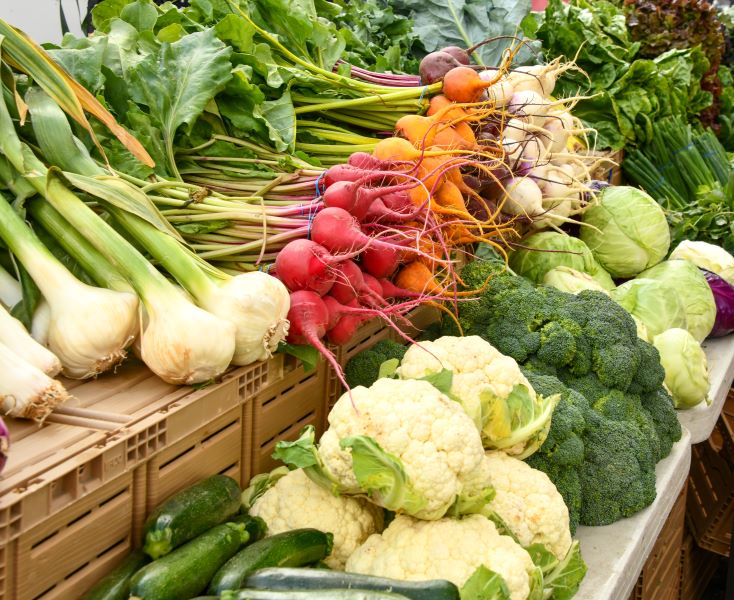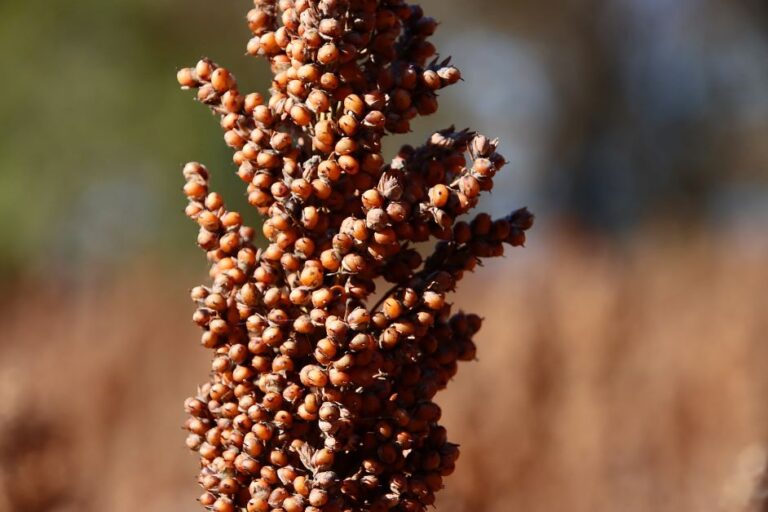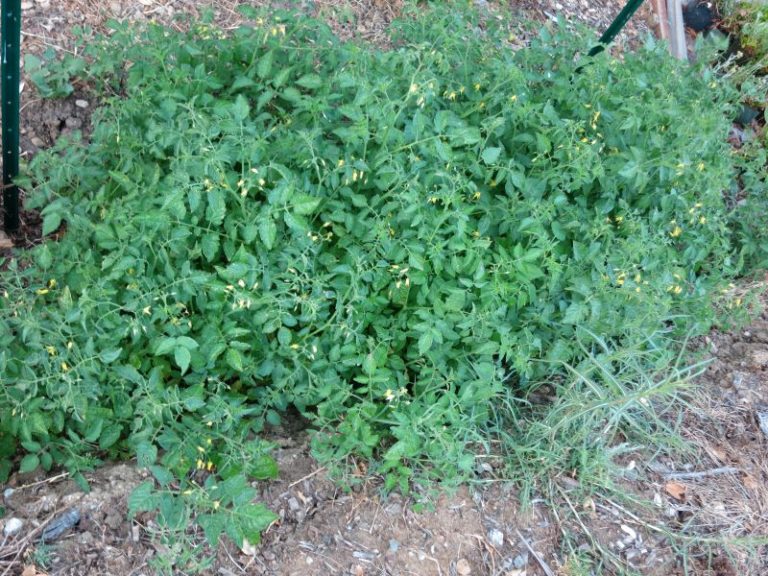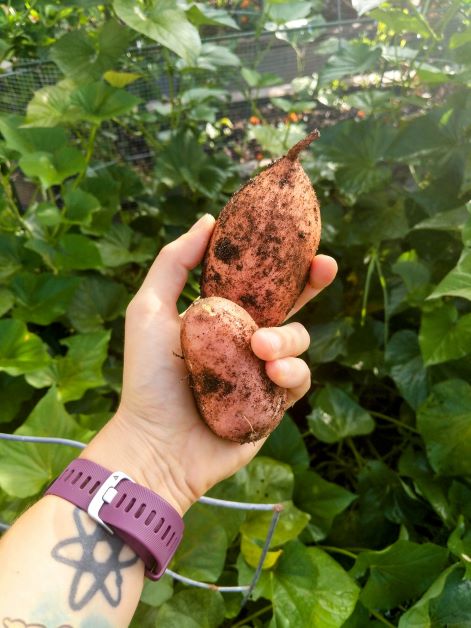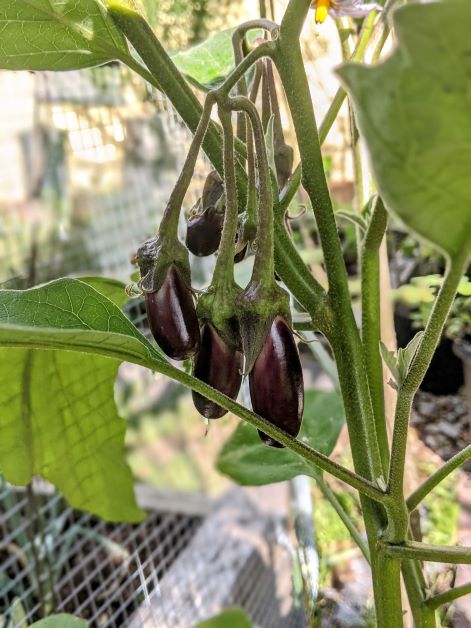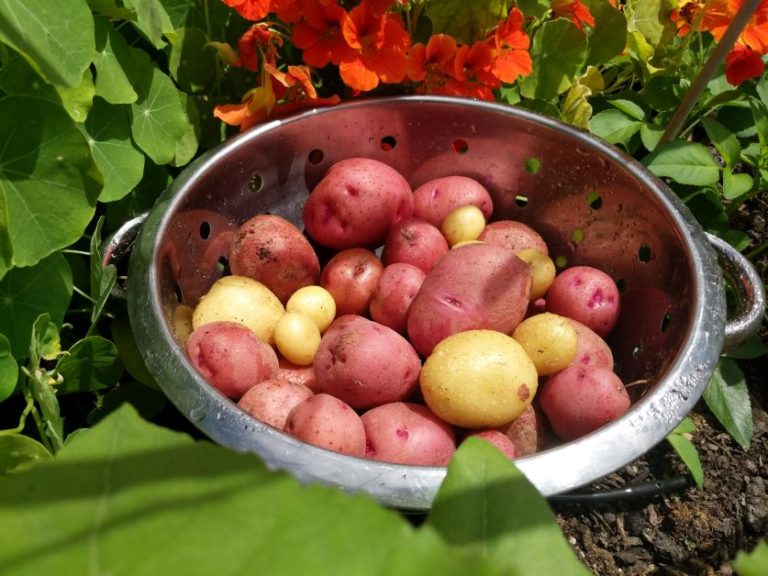15 Best Winter Vegetables to Grow in Florida
One of the best things about living in Florida is the ability to grow food year-round. While most of the world is forced to take a break from their garden during the winter, we’re just coming into one of our most productive growing seasons.
December is the time to plant cool-season vegetables such as root vegetables, leafy greens, and brassicas.
Best Winter Vegetables to Grow in Florida
Celery
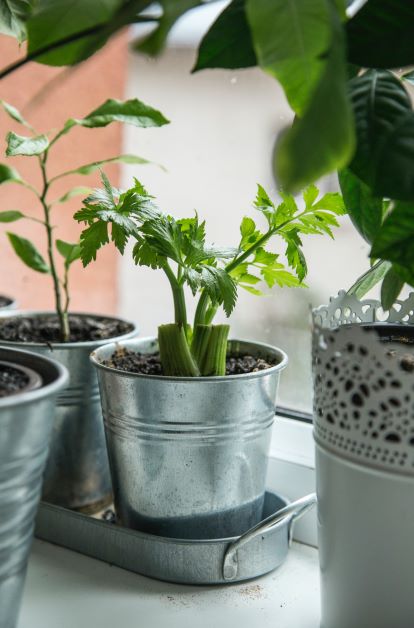
The ideal growing temperature for celery is 60????F to 70°F, making it a great winter crop in Central and South Florida. Celery bolts if the temperature dips too low, so those in North Florida should grow celery in mid-fall, instead.
Celery does well in containers. It can take 120 days for celery to go from seed to harvest, so you may want to opt for starters.
Best Florida Celery Variety: Utah
Broccoli
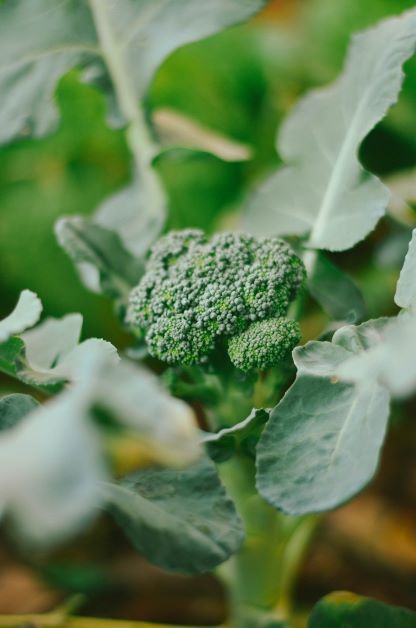
Broccoli is one of the best winter vegetables to grow in Florida because it yields a big harvest. Some people pull their broccoli after they harvest the first crowns, but this is a mistake. Broccoli puts out at least three waves of crowns before the season is over. You can also eat the leaves, too! Take a few leaves at a time each harvest and sautee them like you would cabbage or kale.
Most people grow broccoli from starters, but you can grow it from seed, too. Broccoli may bolt in temperatures higher than 75F. If the buds on your broccoli crowns look like they’re opening, harvest them right away. Bolting broccoli is bitter (but tolerable, in my opinion).
Best Florida Broccoli Varieties: Waltham 29, Early Green, Early Dividend
Beets

They say the brighter a veggie’s color, the better it is for you. If that’s true, then the beet is one of the healthiest foods out there.
Beets only take 7 or 8 weeks to grow. This makes them one of the faster-growing cool-weather vegetables on this list.
Start planting beets in October and plant new seeds every 3 weeks so you can harvest all winter long. You can also plant a big plot of beets in December to have one big mega-harvest a couple of months later.
Don’t forget to eat the greens! Beet greens are delicious and high in antioxidants. Harvest a few leaves at a time, and harvest them young for the best flavor.
Best Florida Beet Varieties: Early Wonder, Detroit Dark Red, Cylindra
Carrots

Carrots are sweeter if they’re grown in cooler weather. In fact, a lot of people wait to harvest their carrots until they’ve been through a frost or two. Gardeners in all of Florida can grow carrots, but those in North Florida may have the tastiest harvest.
For best results, grow carrots in sandy, well-draining soil that’s also loose. If you try to carrots in compact soil, the roots will turn out thin, spindly, or won’t develop at all. Carrot seeds are tiny, so it’s hard to plant them at the correct spacing. Thin your carrots to 2 to 3 inches apart as they grow to stop them from growing together in a clump.
Best Florida Carrot Varieties: Imperator, Danvers, Chantenay
Lettuce

There are four main types of lettuce: crisphead, butterhead, leaf, and romaine. Out of the four, leaf lettuce does best in Florida because of our warm climate. Lettuce doesn’t tolerate frosts, so North Florida gardeners will want to plant their lettuce before or after winter.
Lettuce is really easy to grow. It only takes about 30 days to reach maturity and can be direct sown and grown in containers. It does bolt rather easily in higher temperatures. If we’re having an especially mild winter and you think your lettuce might bolt, covering it with a shade cloth can help.
As with any leafy green, slugs can be an issue. Check out my comprehensive guide to slug control if you find yourself in a battle with these slimy intruders.
Best Florida Lettuce Varieties: Black-seeded Simpson, Red Sails, Salad Bowl
Cabbage

No matter what part of Florida you’re in, you can plant cabbage in December. While there are many different varieties of cabbage, there are two main types: traditional (or heading) and Chinese.
Traditional cabbage is the round heads that you see most often at the grocery store. Chinese cabbage includes Napa and bok choy (which I treat more like lettuce than I do cabbage).
Although cabbage does best in cooler weather, it will suffer from frost. Gardeners in North and parts of Central Florida will have to keep an eye on nighttime temperatures. If a frost is forecasted, cover your cabbage with a floating row cover. Cabbage is also a target for aphids.
Make sure to give your cabbage plenty of room, it’s big and wide. Most people prefer to grow traditional cabbage from starters and Chinese cabbage from seed. It’s also worth noting that Chinese cabbage grows faster than traditional.
Best Florida Traditional Cabbage Varieties: Bravo, Bronco, Rio Verde
Best Florida Chinese Cabbage Varieties: Bok Choy, Napa, Pak Choi
Collards

Collards are one of my favorite Florida vegetables because they grow year-round. Like carrots, though, they do taste better when the weather is cooler.
North Floridians should know that collards bolt in prolonged cold temperatures, especially if the plants are older. Cover your collards with a floating row cover if your collards start growing long stems – this is a sign that your plant is bolting.
Give collards plenty of space when planting. You can start seeds in the ground or transplant them, it’s up to you.
Best Florida Collard Varieties: Bulldog, Champion, Flash
Snow Peas
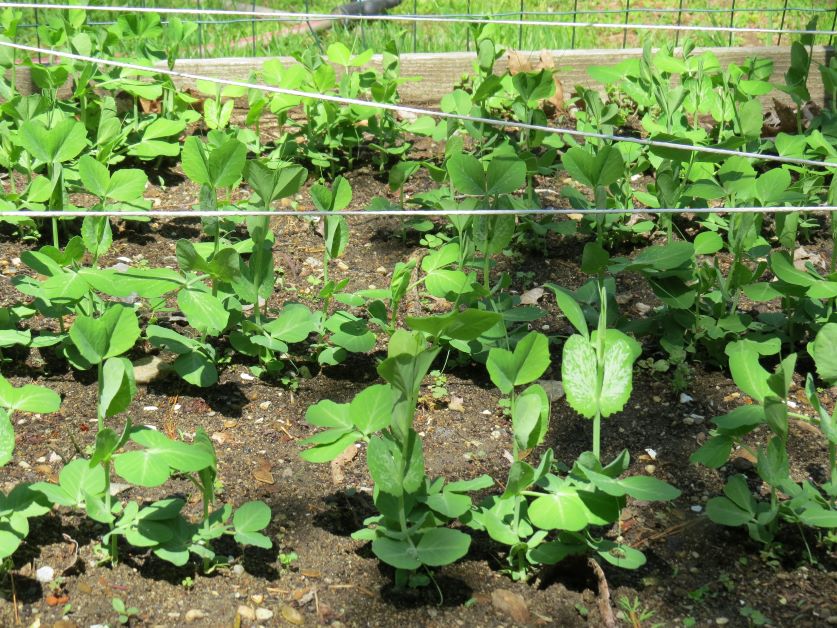
You might have guessed that snow peas would do well in winter based on their name alone. What you might find surprising, though, is that the snow pea tolerates warmer weather better than other types of peas, too. Snow peas are a popular crop in subtropical countries like Jamaica, Mexico, and the Philippines.
The trick to snow peas is to grow them at the right time. In Florida, plant them in fall or winter. They are climbers, so be sure to trellis them or make a pea teepee (my favorite). Snow peas don’t like to be transplanted, so be sure to direct sow.
Best Florida Snow Pea Varieties: Mammoth Melting Sugar, Oregon Giant
Turnips

Turnips are one of the world’s oldest crops – gardeners have been growing turnips for thousands of years. All parts of the plant are edible. When eaten raw, turnip root is slightly spicy but gets sweeter and milder after it’s cooked.
North Floridians should definitely grow turnips – they can take a few touches of frost and even some freezing temperatures. Turnips, carrots, and beets all need loose soil to produce large roots. Because of this, I plant them in the same large raised garden bed filled with loamy soil cut with some sand.
Just like beets, as long as you don’t take too many at once, you can harvest the greens as the root grows underground. Turnip greens are a bit peppery, similar to mustard.
Best Florida Turnip Varieties: Hakurei, Purple Top White Globe, Scarlet Queen
Gai Lan
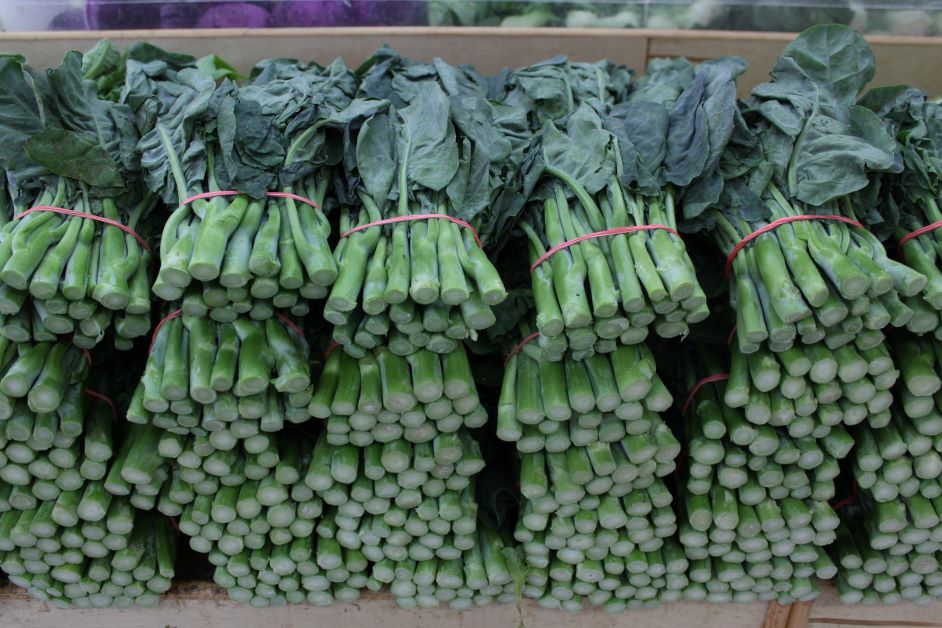
Gai Lan, or Chinese broccoli, grows a lot like traditional broccoli but with a few main differences. Instead of growing a crown, Gai Lan grows a central stalk with leaves.
When Gai Lan is ready for harvest, it produces flowers from the stem. When you first see these flowers, cut the stem and leaves about 8 inches from the top of the plant and leave the rest behind. In a few weeks, you’ll have enough growth for another harvest.
Plant and care for Gai Lan like you would traditional broccoli.
Best Florida Gai Lan Variety: Gai Lan
Radish

I recommend all beginner gardeners start off with radishes – they are so easy (and fun) to grow. Some varieties take less than a month from seed to harvest. Radishes are also popular microgreens and sprouts.
Some people don’t care for radish because of its strong, peppery flavor. Growing radishes in cooler temperatures can make radishes mild and sweet, making them a great option for the Florida winter garden. Radishes don’t take up much room and they do well in containers. Wherever you plant them, make sure to direct sow – they don’t like to be transplanted.
Best Florida Radish Varieties: Cherry Belle, Sparkler, Champion
Brussels Sprouts
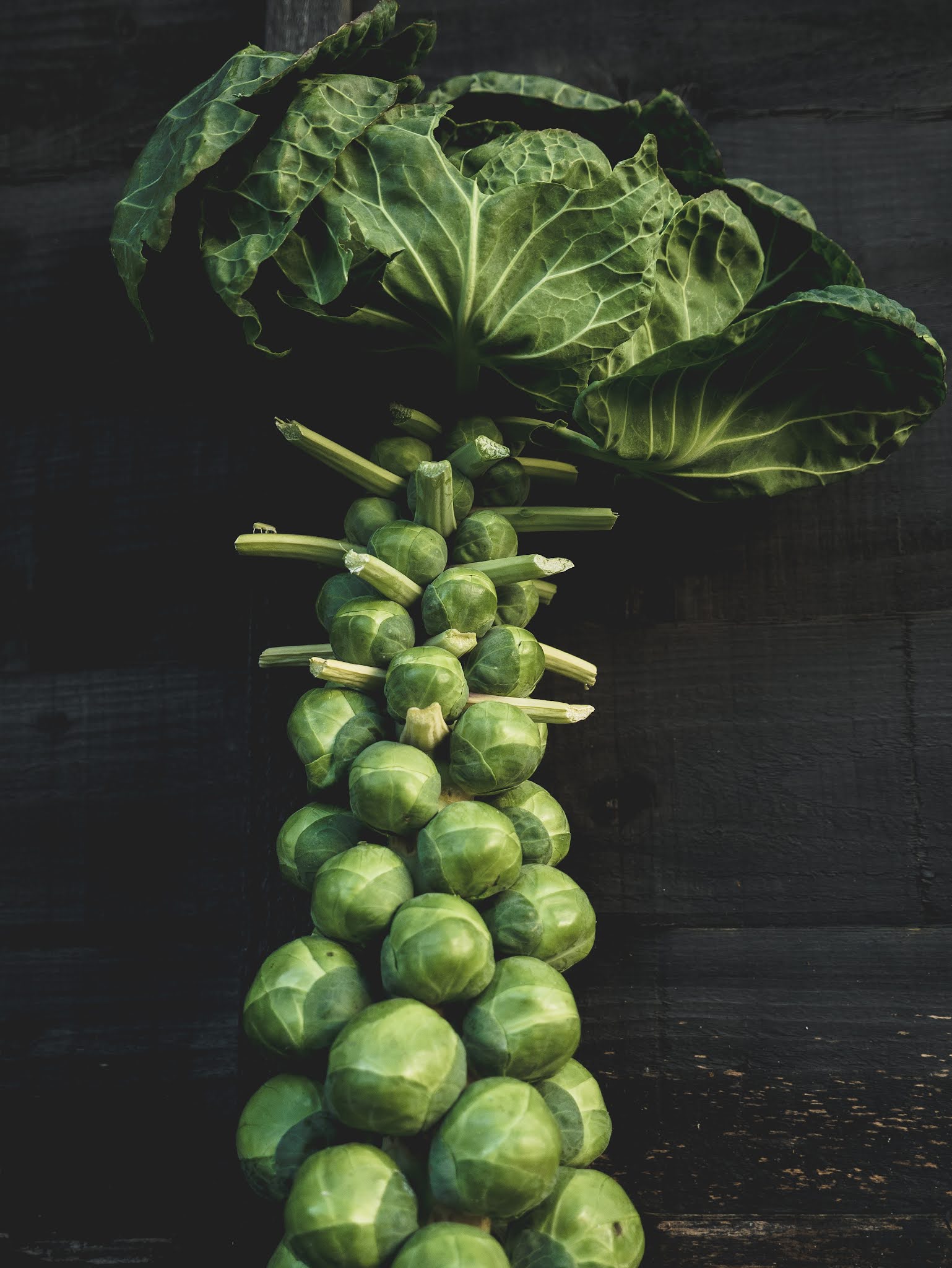 |
| Photo Credit: Matt Seymour |
Brussels sprouts have to be grown in cool weather, otherwise, the sprouts will turn out soft and not compact. This makes Florida winter the perfect time to add this crop to your garden.
Brussels sprouts heads grow up a long stalk. Since they’re a Brassica, plant and care for them like you would cabbage. Brussels sprouts are a hardy plant and can take a heavy frost, making them an excellent choice for those in North Florida. You can start them from seeds or transplants.
Best Growing Florida Varieties: Jade Cross, Long Island Improved
Kohlrabi

You may not have heard of kohlrabi, but trust me – it’s delicious. It’s another Brassica, so it’s a relative to cabbage, broccoli, and cauliflower, and kale. It’s a large bulb that grows above ground with long stems with leaves attached to it. All parts of the plant are edible, but most people stick to just the bulb and leaves.
Kohlrabi comes in two colors – green and red. Both taste the same and are grown in the same way – like cabbage. It grows quicker than a cabbage though, with some varieties going from seed to harvest in only 50 days.
Best Florida Kohlrabi Varieties: White Vienna, Kolibri
Leeks

Leeks are another one of those vegetables that taste better after a frost, so don’t hesitate to add this one to your winter garden. Growth slows down if the temperature is higher than 75°F, so those in South Florida should wait for the coldest part of the year before sowing. These veggies are already slow-growing and take 120 to 150 days to mature.
When it comes to leeks, skip the containers and grow them directly in the ground. In order for a leek’s stem to turn white, you have to mound up the soil around its base as it grows. Mounding is hard to do if you’re container gardening.
Best Florida Leek Varieties: Comanche, Jumper, Takrima
Arugula
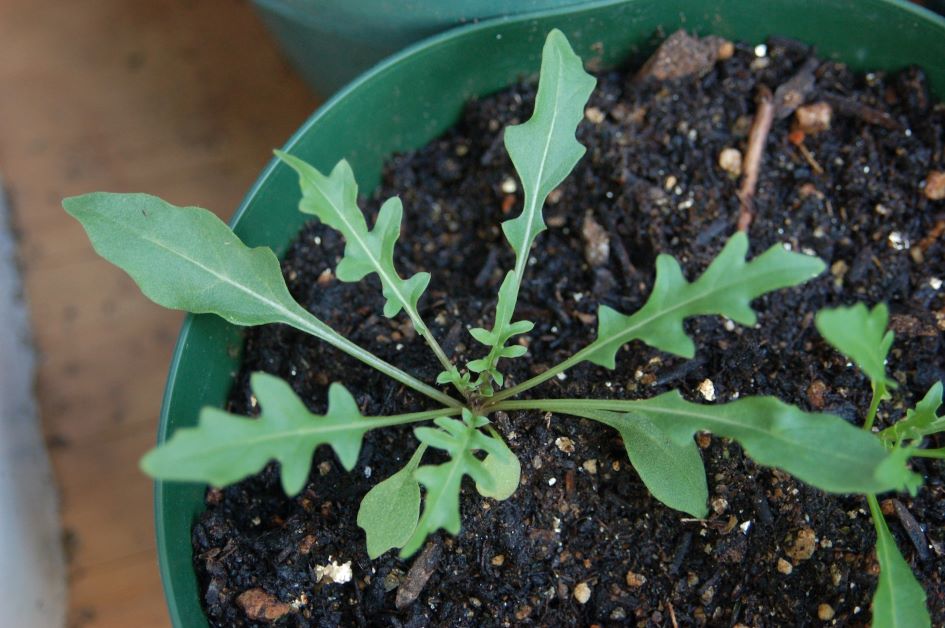
Known as rocket to our friends across the pond, arugula is a fast-growing, spicy leafy green that tastes like mustard. It only takes 30 to 60 days for arugula to go from seed to harvest.
After maturity, arugula will bolt. It also bolts if the temperature is too high or if they get too dry. I recommend planting heat-tolerant varieties of arugula in Florida, regardless of the season. Every year, I choose two arugula plants and purposefully let them bolt – bees LOVE arugula flowers.
Best Florida Arugula Varieties: Astro, Slow Bolt, Wild Arugula
Garlic
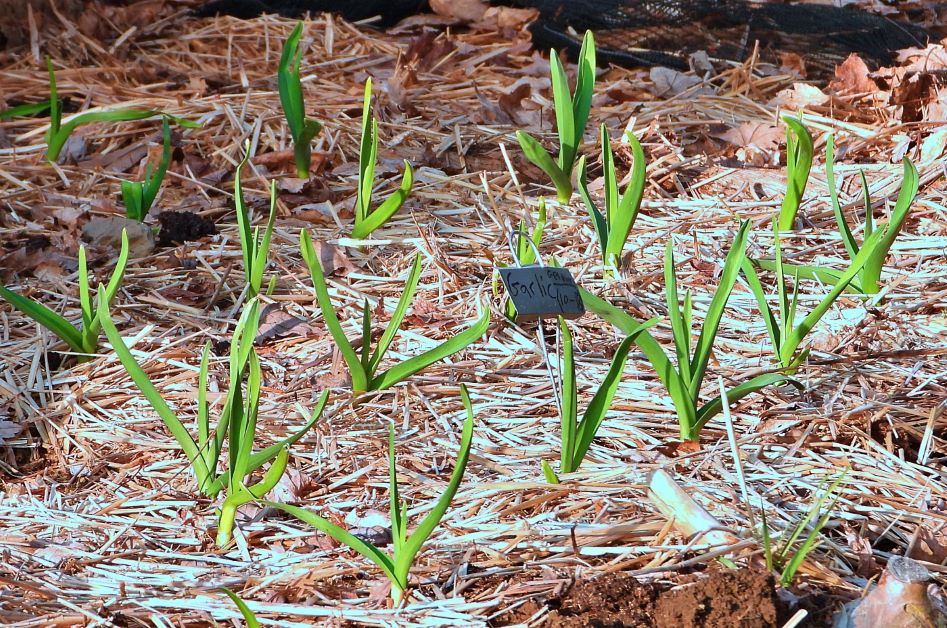
Garlic is frost-tolerant, so don’t be afraid to plant this one in December. Garlic is interesting because it doesn’t grow from seed. Instead, it grows as a bulb.
Buy an organic head of garlic from the grocery store and separate it into cloves. Plant the cloves with the pointy end facing up, and cover them with a few inches of dirt. Water them in and if you’re in North Florida, you may also want to mulch them to prevent freezing.
Water your garlic consistently but make sure not to overwater, otherwise, your garlic will rot instead of growing. When the weather gets warmer, remove the mulch. Over time, your garlic will sprout. When the ends of the garlic turn brown, stop watering, let them sit in the ground for two weeks, and then harvest. Be aware that garlic is a very slow grower – it can take seven months for your garlic to be ready.
Best Florida Garlic Varieties: Buy an organic head of garlic from the grocery store or farmer’s market. It’s important that the garlic is organic. If it isn’t, your garlic may have been sprayed with a growth inhibitor.
Featured Photo Credit: Shelley Pauls

